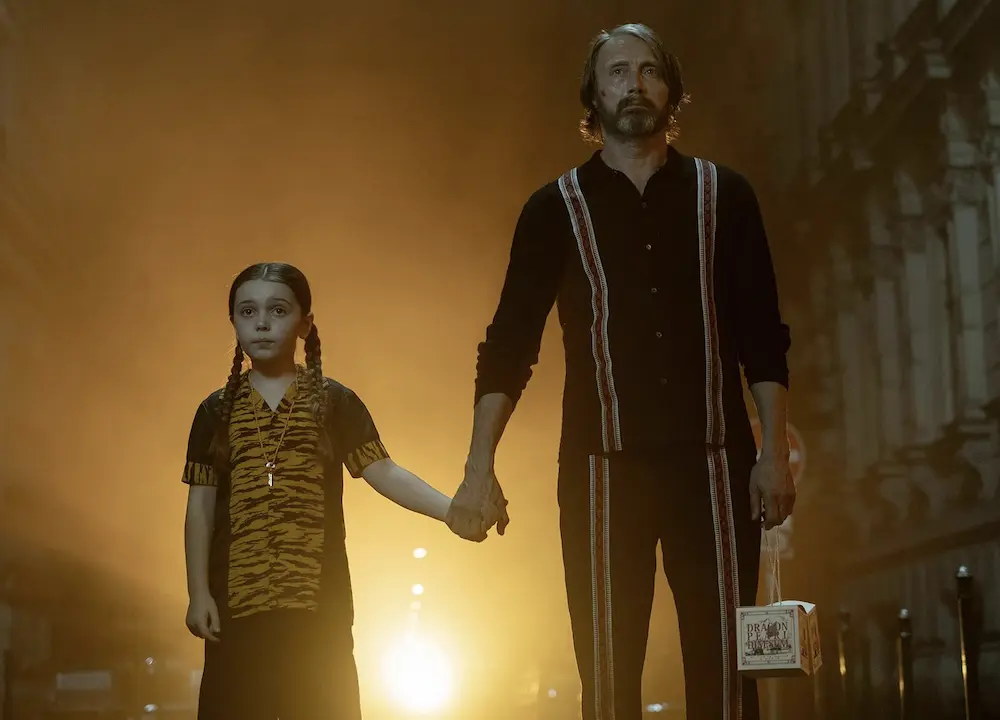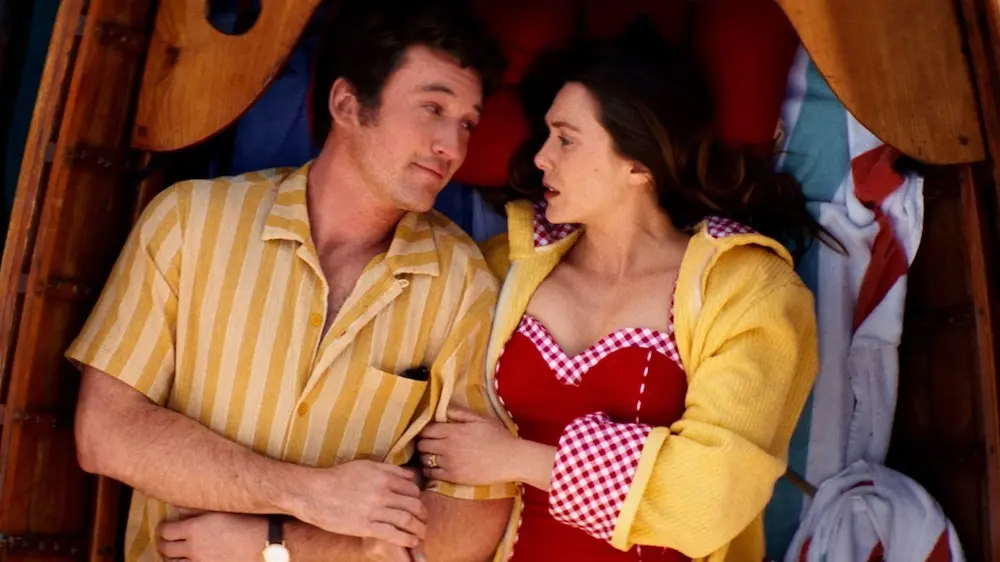Our Epoch Times series “Iconic Films” aims to reacquaint or introduce movie fans to films that warrant a first, second, or 25th look. They also form the substratum on which today’s filmmakers build.
Film Review: Iconic Films: ‘Enter the Dragon’: Don’t Take Tarantino’s Bruce Lee Seriously
Iconic films

Mark Jackson
Film Critic
|Updated:
Mark Jackson is the senior film critic for The Epoch Times and a Rotten Tomatoes-approved critic. Mark earned a bachelor's degree in philosophy from Williams College, followed by classical theater conservatory training, and has 20 years' experience as a New York professional actor. He narrated The Epoch Times audiobook "How the Specter of Communism Is Ruling Our World," available on iTunes, Audible, and YouTube. Mark is featured in the book "How to Be a Film Critic in Five Easy Lessons" by Christopher K. Brooks. In addition to films, he enjoys Harley-Davidsons, rock-climbing, qigong, martial arts, and human rights activism.
Author’s Selected Articles



